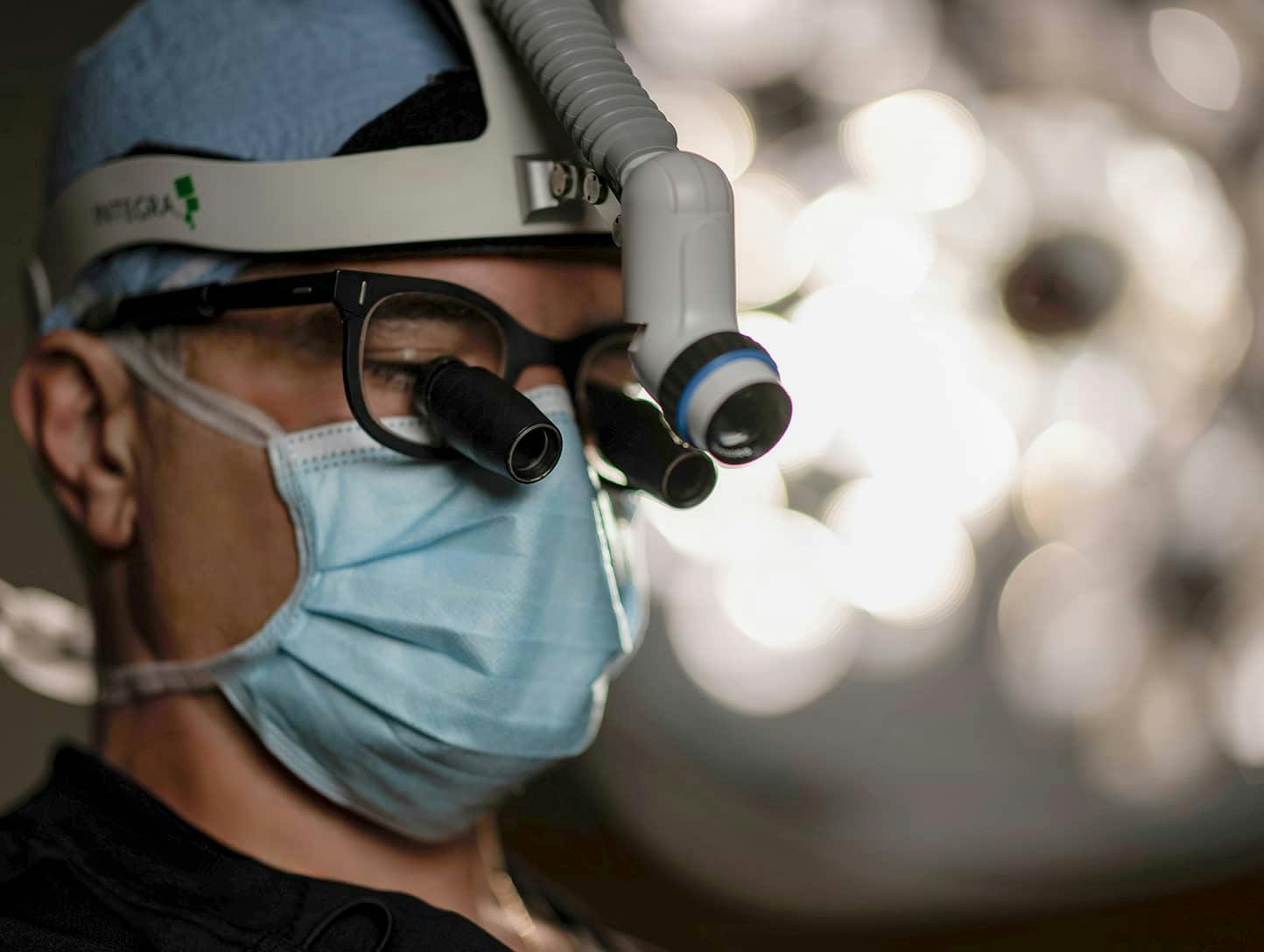Surgical Treatments the Center for the Functional Restoration of the Spine
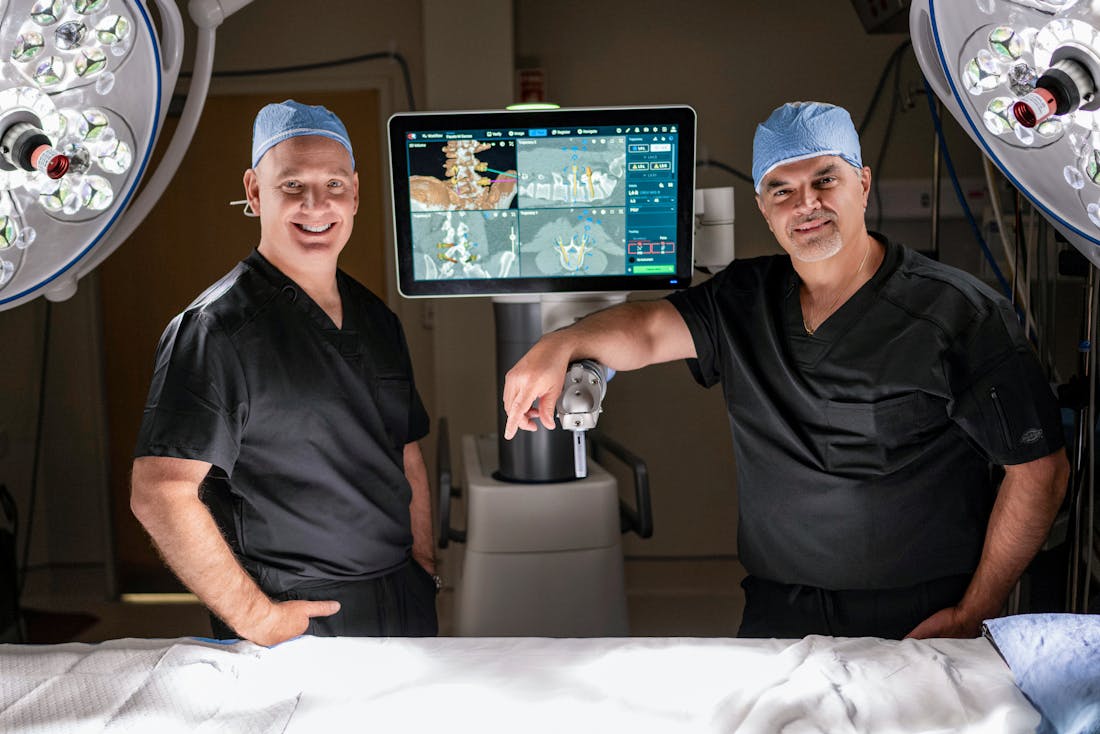
Robotic Spine Surgery
Robotic spine surgery reduces complications during surgery and ensures precise placement of hardware. As a result, your procedure is safer, and your recovery faster. Our team combines their surgical skill with the accuracy of a robotic system, including the Globus ExcelsiusGPS® Robotic Navigation Platform, to perform surgeries that repair spinal conditions and alleviate your pain.
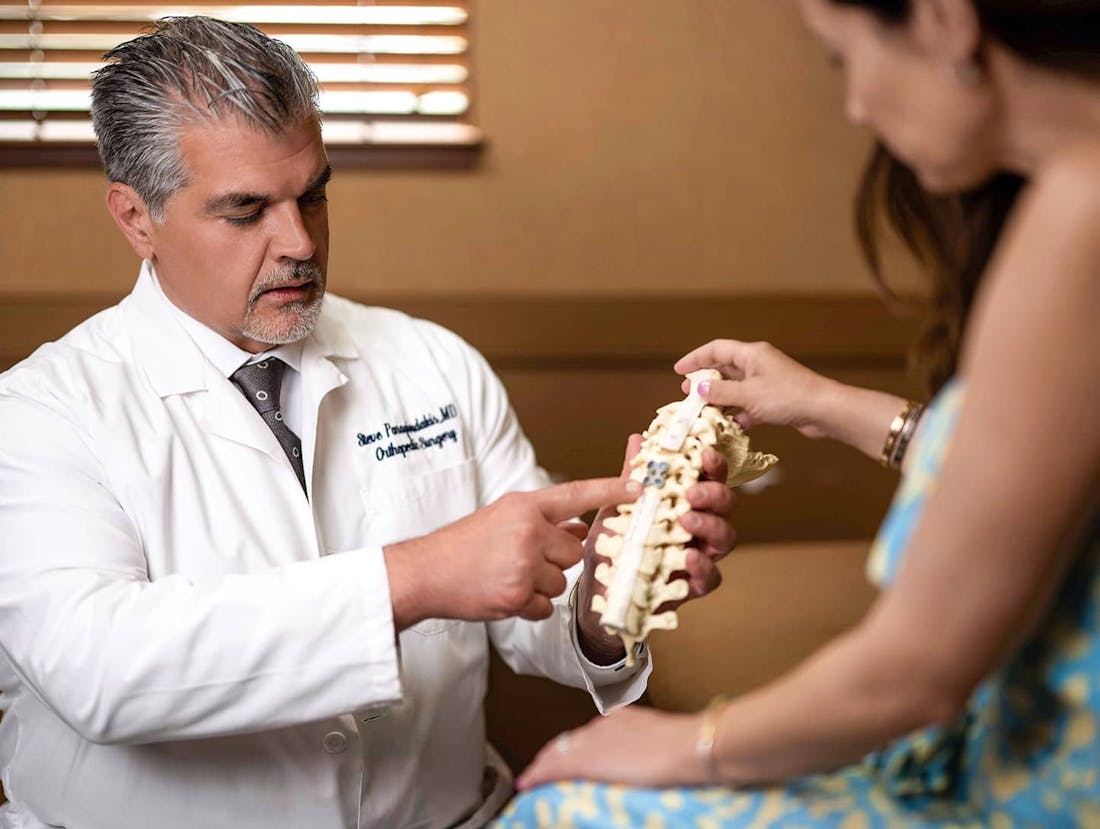
Revision Spine Surgery
After a failed back surgery, you may have trouble finding a truly trustworthy orthopedic surgeon: that’s where we come in. Our extensive experience in minimally invasive and robotic spine surgery allows our team to perform revision procedures that relieve your pain and restore mobility.
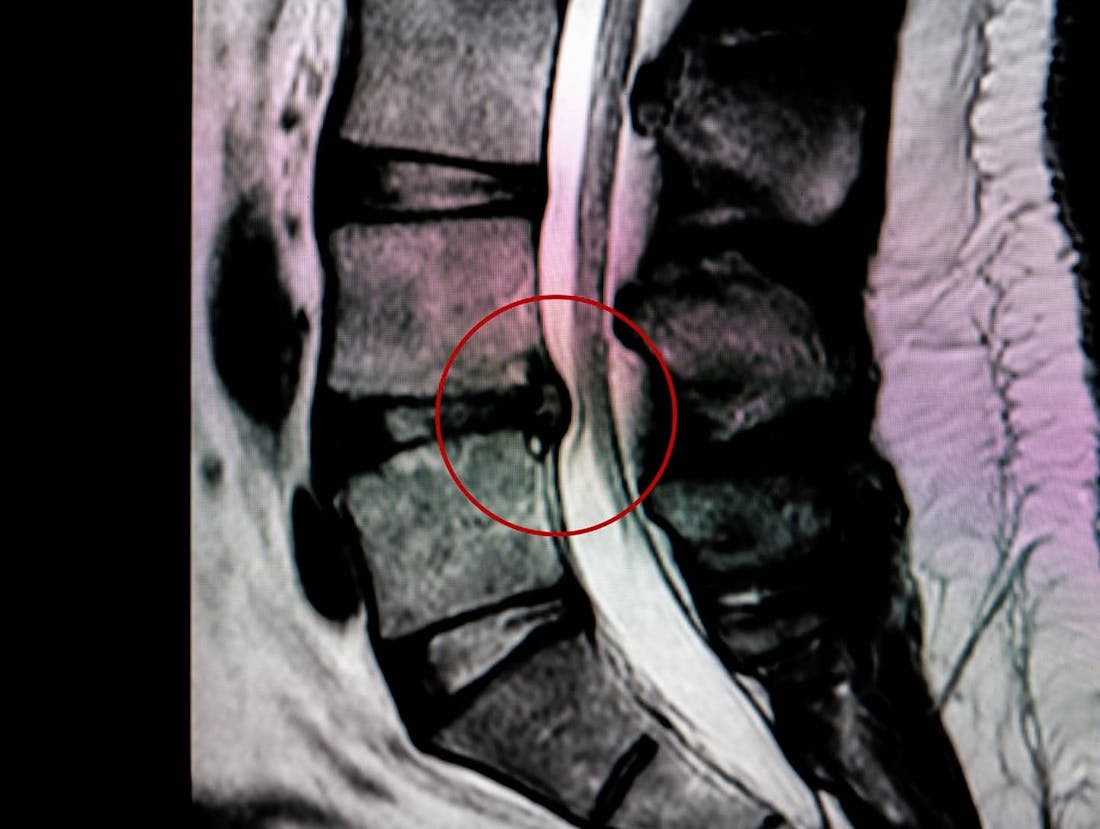
Disc Replacement
Approved by the FDA for the Lumbar region and Cervical region, for use in the United States, disc replacement is an alternative to traditional spinal fusion. Disc replacement replaces one or more damaged, diseased, or degenerative discs with artificial discs.

Laminectomy
Laminectomy reduces pressure on the spinal nerves by making the spinal canal larger. In this operation, the lamina - the bony back portion of the spine that covers the spinal canal - is removed at the site of nerve irritation.

Discectomy
One of the most performed orthopedic procedures, discectomy removes part of a herniated disc. Removing the material frees the nerves from pressure and irritation.

Spinal Fusion
Spinal fusion is a surgical technique that joins (or fuses) one or more of the vertebrae of the spine to stop them from moving against each other. This is done by placing bone grafts or bone graft substitutes between the affected vertebral bone. The graft material acts as a binding medium and helps to maintain normal disc height – as the body heals, the vertebral bone and bone graft eventually grow together to join the vertebrae and stabilize the spine.
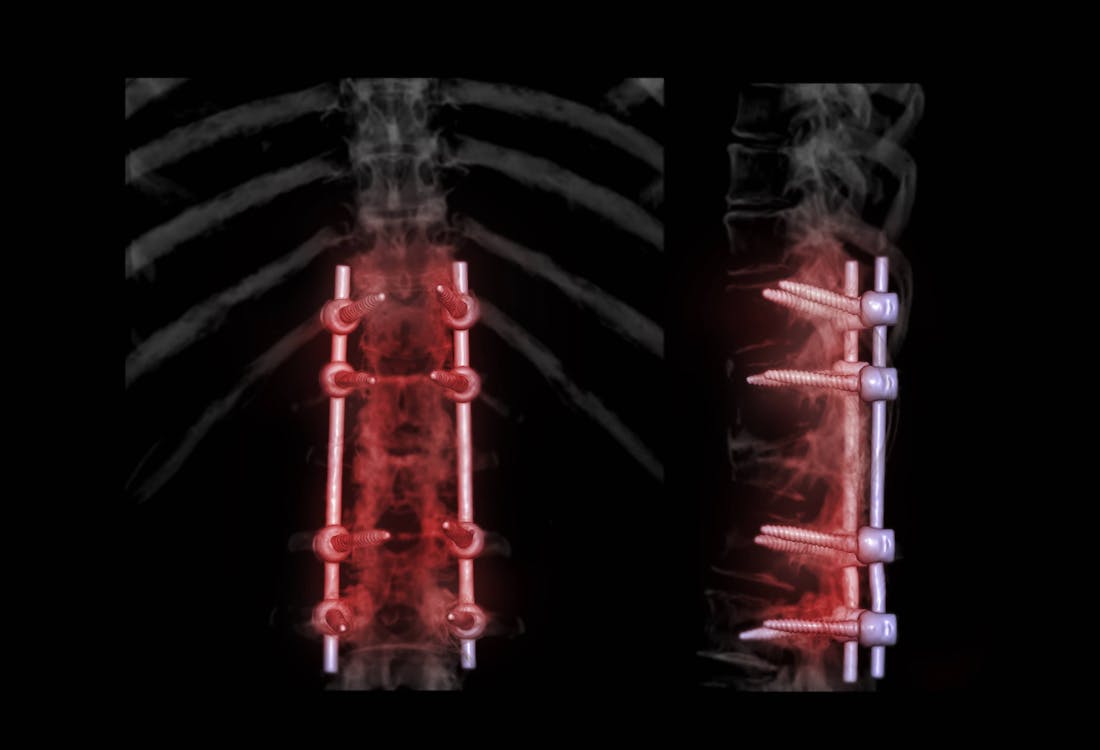
Lumbar Interbody Fusion
Our expert team performs both ALIF: Anterior Lumbar Interbody Fusion (with bone graft and metal plate) and XLIF® Lateral Lumbar Interbody Fusion. ALIF is generally used to treat back or leg pain caused by degenerative disc disease. Unlike traditional back surgery, XLIF® is performed through the patient's side. By entering this way, major muscles of the back are avoided. This minimally invasive procedure is generally used to treat leg or back pain caused by degenerative disc disease.

Microdiscectomy
Microdiscectomy follows essentially the same operative procedure as traditional discectomy, but this newer approach requires a much smaller incision; it reduces the risk of damage to nearby parts of the spine; and patients tend to recover faster.
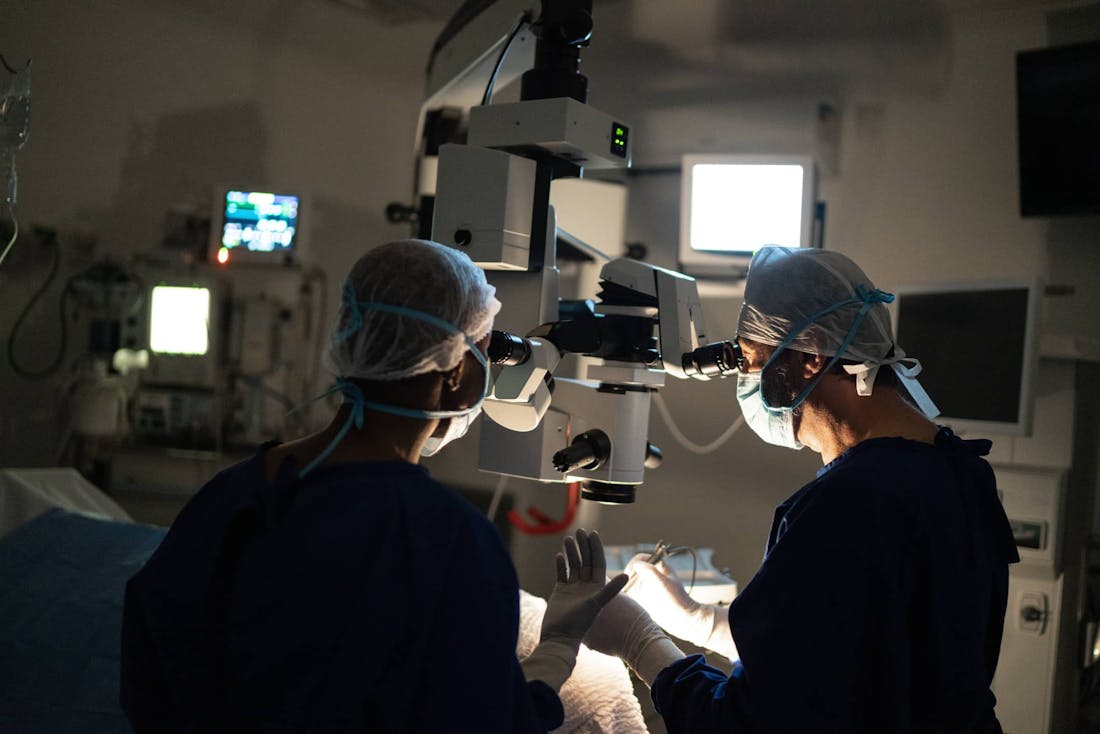
Lumbar Disc Microsurgery
This minimally invasive procedure relieves pressure on nerve roots caused by a herniated disc. It can eliminate the pain of sciatica.

Endoscopic Decompression
Like a micro decompression laminoplasty, a MED (micro endoscopic decompression) procedure is performed for the treatment of symptomatic spinal stenosis. MED is different in that an endoscope (TV camera) is used rather than a microscope.

SI Fusion
Sacroiliac joint fusion is a minimally invasive surgical intervention, guided by imaging, to implant titanium devices across the sacroiliac joint, enhancing its stability.

PARS Fracture Repair
A pars fracture happens when the bony pars interarticularis fractures, resulting in spondylolisthesis, the forward slippage or movement of one vertebral body over the one below it.


